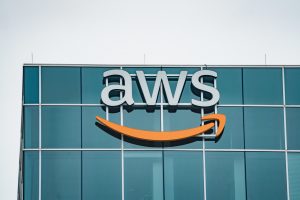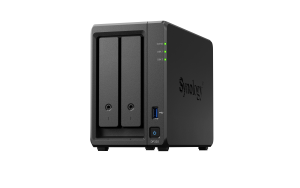Study Shows Private Clouds More Cost Effective Than Public Clouds
According to Wikibon, an industry analyst research firm, a new study reveals that private clouds are more cost effective than public clouds.
This is interesting because the debate has been raging on about public and private clouds for months. Although the hype of public clouds have been high there hasn’t been much action in term of serious uptake. Meanwhile the private cloud movement has been gain steam from folks like SAP, EMC, VMware, Cisco, Juniper, and many more.
Many people have been privately saying that the public cloud hype is nothing more than managed hosting evolved.
We will be at EMC World next week and will keep an eye on their new private cloud messaging and product announcements – I wrote a post here announcing that we will be covering EMC World.
No matter what the final outcome of this debate becomes, virtualization, faster gear, and application innovation will continue to disrupt the economies within enterprises. At the end of the day it will be about “Speed To Value” for companies both enterprises and service providers.
The private cloud trend is interesting in that classic enterprise vendors are moving fast to the model of real time Internet, cloud computing (SaaS), and mobility. All great news.
Emergence Of The Private Cloud
From Wikibon.org they summarize that:
Private clouds are and will continue to be more cost effective than public clouds for organizations with revenues or budgets greater that $1Billion. The main reasons for this are:
1) The applications running in larger organizations demand more resilience, governance and control;
2) While small businesses will find public clouds attractive, large organizations will be able to create a private internal cloud that has many of the same business characteristics as a public cloud, but with much higher levels of security and availability and
3) Achieving the same levels of resilience with public cloud infrastructure would be prohibitively expensive for larger organizations.
Wikibon sees the Private Hybrid Cloud as a predominant model for businesses greater than $1B. Within this model, internal and external IT resources are logically combined to support the applications of a single organization. The users and consumers of IT resources and services see the same business characteristics as the public cloud. The IT department then funds internal cloud resources – which are built on a highly virtualized IT infrastructure – together with specific “Software as a Service” (SaaS) contracts that allow access of applications (e.g., email, SAP) from a specialist organizations that takes responsibility and can deliver the necessary levels of availability and security according to service level agreements controlled by the consuming organization.
In a Private Cloud, the infrastructure policies are governed by a single organization where workloads and data can be moved to and from internal and external data centers. While the external data centers can be multi-tenant in nature, Private Clouds provide an organization a single point of control for security, manageability, privacy, audit, compliance and governance.
Economies of Scale
In general, large organizations run more efficient IT departments, run more and more sophisticated applications, and reach more employees. Table 1 shows the last differences in cost profile by business size. It shows that businesses over $1B in revenue spend less that $1,100/seat/year, or 38% lower than the cost/seat for a small business.
Table 1 shows more business and IT metrics as a function of business size.
Importance of Application Class
However, the cost/seat also varies greatly by the type (class) of the application. The classes of application, as defined in previous work by Wikibon, are as follows:
- Class 1 – Development, File & Print, Small Data Marts, Small-scale applications & DB servers
- Class 2 – Medium-scale applications & DB servers, Data Marts, Small CRM, Small Data Warehouses, Messaging (Exchange, etc)
- Class 3 – Mission Critical Applications, Enterprise CRM, ERP, Large scale OLTP, Large scale DB Servers, Large Scale messaging
- Class 4 – Large-scale applications requiring highest levels of availability, security & recoverability
Figure 2 shows how both application class and business size contribute to IT costs.
The private cloud will allow significantly improved infrastructure costs as the capability of the hypervisor software and ecosystem become enhanced as part of the private cloud journey. Class 1 and 2 applications are being migrated rapidly to the private cloud, and class 3 and eventually 4 will migrate over time. Figure 3 shows the details of that journey.
Private vs. Public Cloud Cost Comparisons
A message from John Furrier, co-founder of SiliconANGLE:
Your vote of support is important to us and it helps us keep the content FREE.
One click below supports our mission to provide free, deep, and relevant content.
Join our community on YouTube
Join the community that includes more than 15,000 #CubeAlumni experts, including Amazon.com CEO Andy Jassy, Dell Technologies founder and CEO Michael Dell, Intel CEO Pat Gelsinger, and many more luminaries and experts.
THANK YOU


















